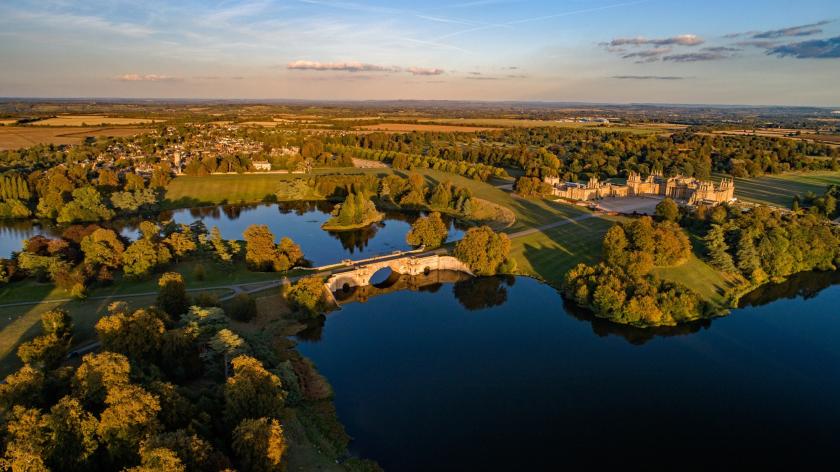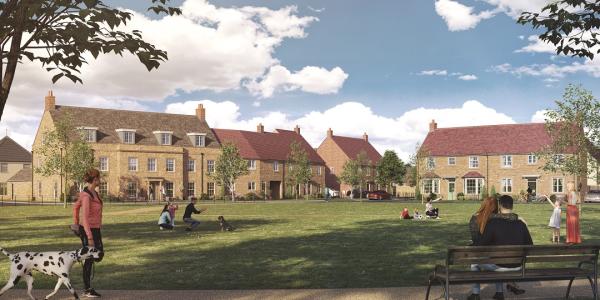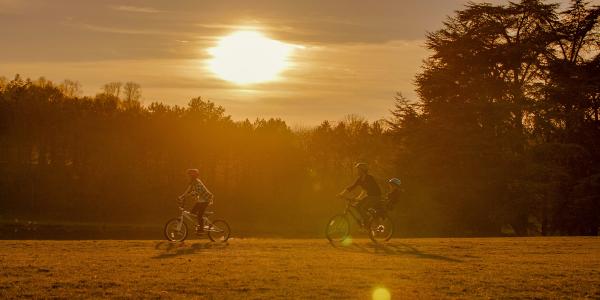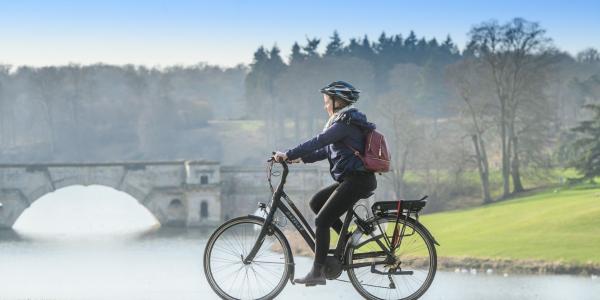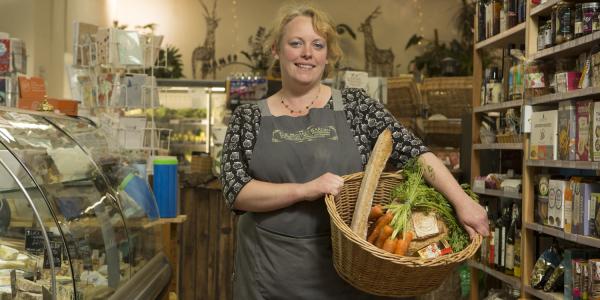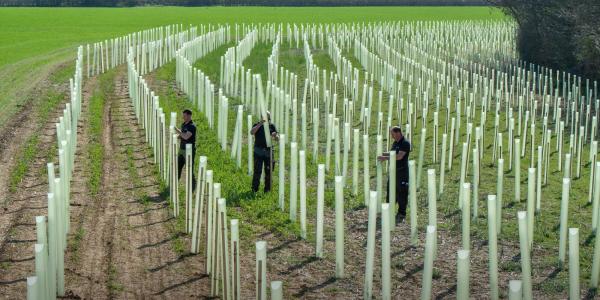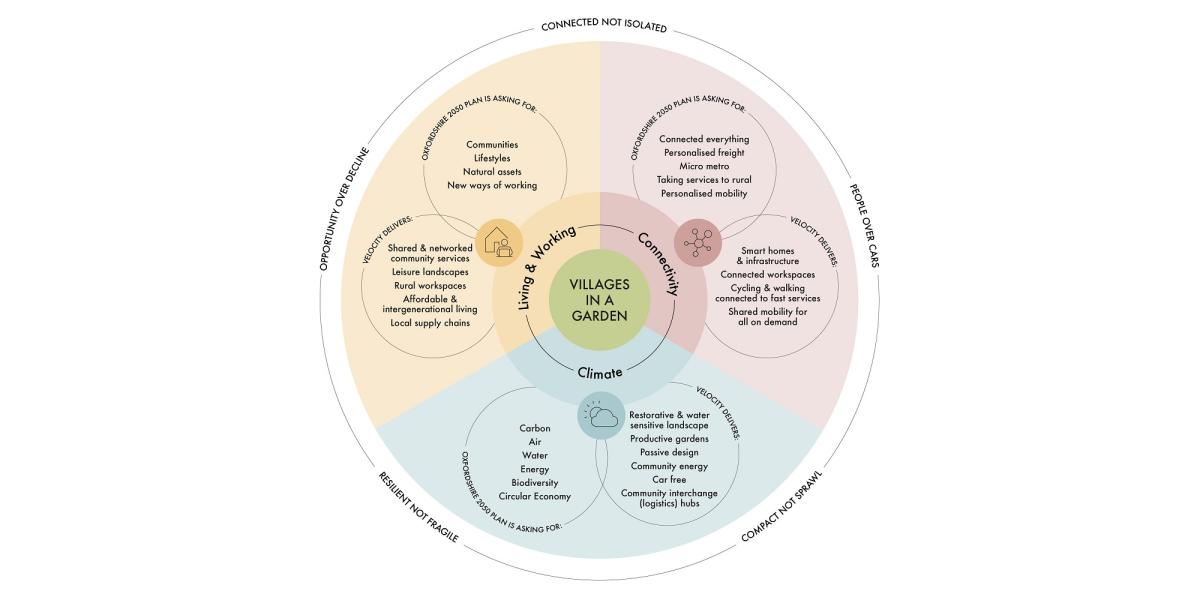
Connecting Rural Communities
Our ‘Villages In A Garden’ strategy would create village clusters – focussing on the land and villages within the Blenheim Estate and those within an 8km cycle ride from it. These would be connected by more sustainable movement networks prioritising cycling, walking and electric vehicles and benefit from many shared resources that would be advantageous to all.

